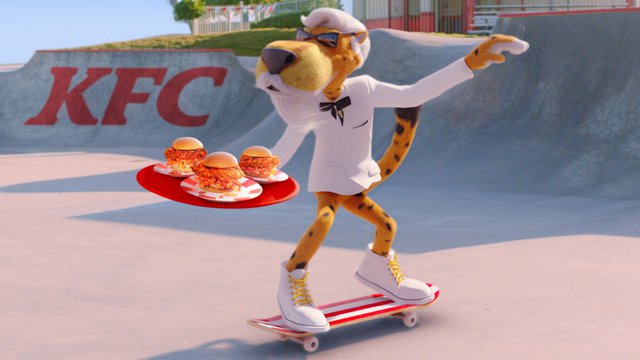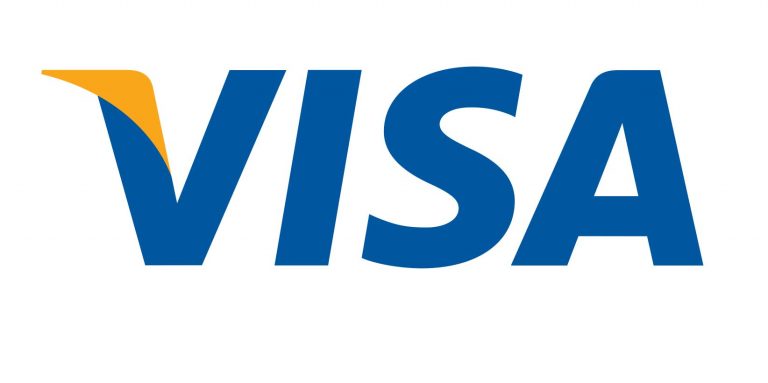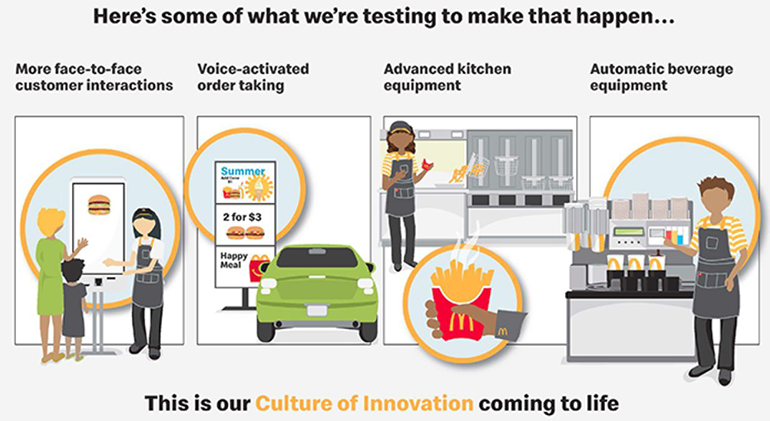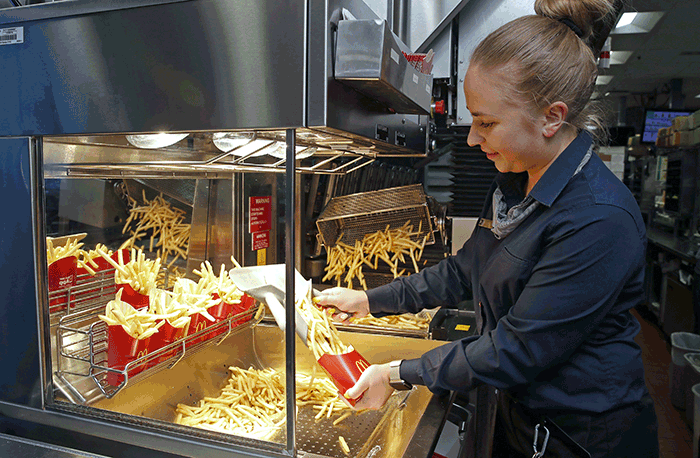The installment lending playing field just got more interesting — and global — today (June 27). Visa announced that it will bring the power and ubiquity of installment lending to digital and physical points of sale (POS) through application program interfaces (APIs) that support the development of customized installment plan options for Visa cardholders.
This offering is the latest set of APIs made available to issuers and FinTech firms via the Visa Next “digital-first” platform offering. The goal is to create a consistent and ubiquitous user experience across the channels they shop by leveraging the credit and debit relationships already in place with their banks.
Globally, installments are a popular credit option, and for good reason — with a $1.2 trillion market in 2017 growing at twice the rate of credit cards. Consumers are given another tool by which to manage their spending, and merchants generally see increased conversion rates and bigger basket sizes when those options are presented to their customers.
Where installment payments are available, they are well liked. In Brazil, an early adopter of installment payments, approximately 50 percent of all credit payment volume is in installments. In Canada, 41 percent of cardholders surveyed said they would consider using installment payments on purchases of $500 or more.
However, in the U.S., the situation is somewhat different. Installment lending at the POS just isn’t available.
It’s not that consumers aren’t interested: Around 74 percent of U.S. cardholders have reported installment payments as helpful for budgeting, 70 percent believe they can alleviate the stress of making large purchases and 60 percent of millennials in the U.S. said they are interested in POS financing for large online purchases. However, the options are limited.
That is starting to change, though, as FinTech firms like Affirm, Afterpay and Klarna have entered the space in recent years. They are popular, but far from ubiquitous, and offer a somewhat fragmented user experience.
Fragmentation, Shrauger noted, is no fun for consumers, and eventually has a chilling effect on their desire to work with yet another installment provider. From the consumers’ standpoint, what they are buying, where they are buying it or what channel they happen to be in at the moment triggers the installment options with which they are presented. Each have their own approval processes, and result in another credit relationship for consumers to manage. That can be difficult to keep track of across all the merchant POS touchpoints a consumer may encounter. Instead of boosting conversions, he said, in some cases, those options will actually push a consumer to abandon the purchase.
Visa’s approach, via its API set, is an effort to change that experience for consumers, merchants and issuers.
“Our goal was to give cardholders access to a great new way to pay, through a feature that is part of something they already have in their wallet: their credit and debit cards,” Shrauger said. “We can solve these types of fragmentation problems with scale, and can do it by [using] the products consumers already use regularly, and understand — instead of asking them to step into an entirely new and unfamiliar credit universe.”
Unlocking The Power Of Digital Payment Credentials
What Visa’s new installment API suite does at base is allow its issuer partners and FinTech firms to create installment offerings for their debit and credit cardholders. The amount underwritten, the impact on a consumer’s credit line, the structure of the billing — all of that will be decided by individual issuers, based on their preferences and needs. Some things — a fixed number of payments, at a set interest rate, over a set time period — are central to what the installment offering is, of course, but the specific details are for the issuers to determine.
Visa’s role, as the network, is to enable the connections in the merchants’ POS, so that — at the moment the customer gets to either a traditional SoftPOS or an online POS checkout, and presents their Visa card — customers are offered a choice of installment options for which they qualify. For online shopping, the offer might even appear earlier on, on the user’s home screen. This will also allow issuers to qualify the offer after a purchase has been made. A consumer, for example, might get a text message asking if they would like to convert their purchase into a three-month installment plan.
It’s something that Visa’s issuer partners are asking for, Shrauger told Webster. Among the more commonly recurring conversations the company has with its issuers is how Visa can leverage digital to provide customers with as many tools as possible. With the Visa installment APIs, Shrauger said Visa is doing what it has always done: giving issuers a new tool to expand the relationships they have with their cardholders, and doing that on a global scale.
“Digital is giving us — and our issuers — new ways to add features to the payment credentials, in ways that we couldn’t before,” Shrauger said. “One credential can serve many purposes in a digital world. And with a consumer who has been with an issuer for many years, possibly with multiple accounts, there is a great position to extend their reach by giving them more access to services.”
Moreover, he noted, the ability to bring more services under that payment credential means the consumer gets a chance to greatly streamline those credit relationships. Instead of managing a host of separateinstallment platforms, the consumer gets a single place and way to manage all of their relationships at once.
Why Issuers Are The Best POS Installment Lenders
The worst time to try to educate a consumer about a product, Shrauger noted, is in the middle of a transaction. Data bears this out, but so does common sense, particularly for a product with which many consumers are unfamiliar. No one is best served by a consumer trying to figure out what they want to buy, and whether or not they understand the concept of paying on installments — particularly with an unfamiliar firm.
Consumers, he noted, check in with their issuers often. The check their balances and statements, and pay their bills. That means the issuer has a unique opportunity to present, and educate consumers on, its installment offerings long before they get to the POS. It also means the issuer has a much clearer picture of the customer’s entire financial life than a one-off installment lender that is relying on a much smaller set of publicly available data.
A lot of times, installments are transactions without context. The great benefit of an issuer relationship to the customer is the totality of information that can be considered in making an offer. It is “so much more holistic that there is no one in a better position than the issuer to offer the product, and make it seamless,” Shrauger said.
Ultimately, he noted, what everyone benefits from are easy-to-use products, transparent to understand and universally available. While there are markets in the world today where that is the case (Brazil, Mexico and Turkey jump to mind), a truly global, ubiquitous product is what the market needs.
In the coming months, Visa’s installment APIs are being piloted in the U.S., India, Romania, Russia and the UAE. Worldwide players include ING, PayU and Abu Dhabi Commercial Bank, among others.
However, in January 2020, the program will go into a larger launch, starting in the U.S. — and hopefully expand to the rest of the world from there.














